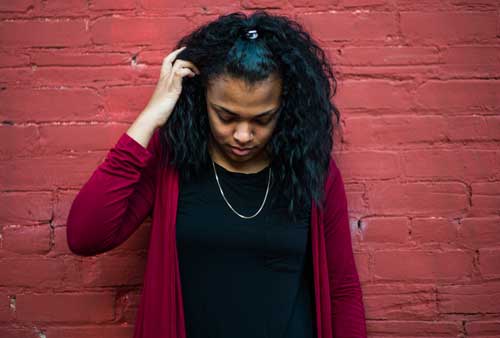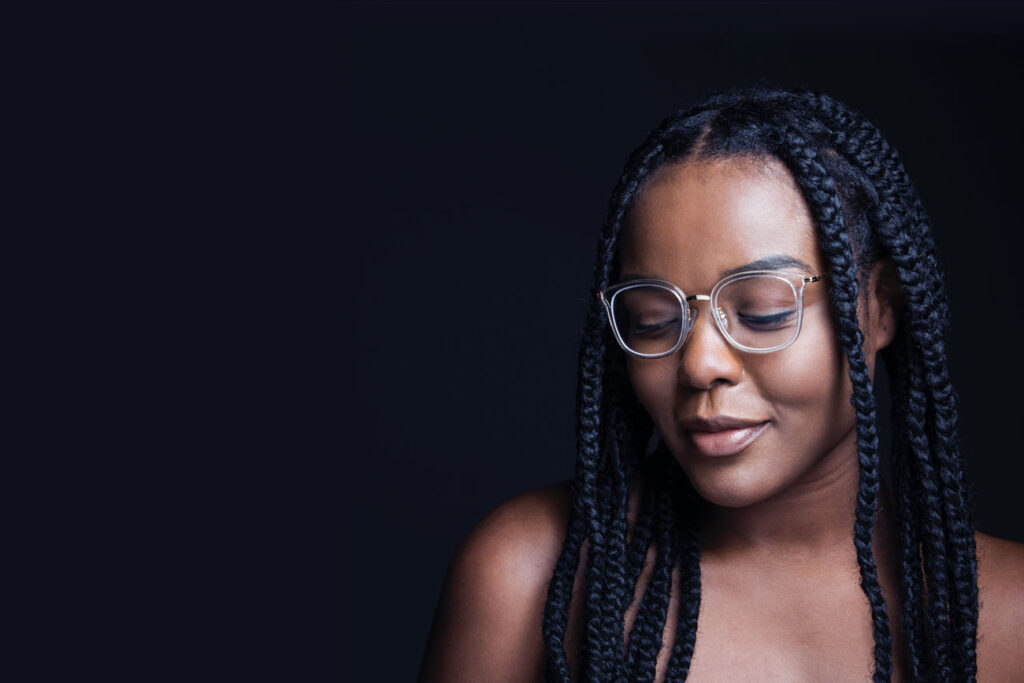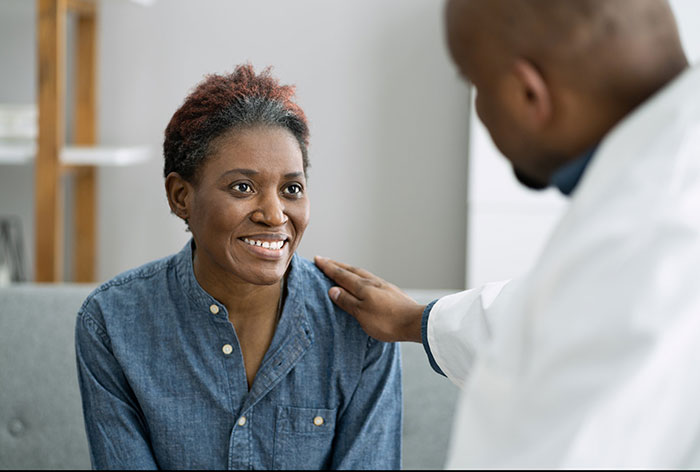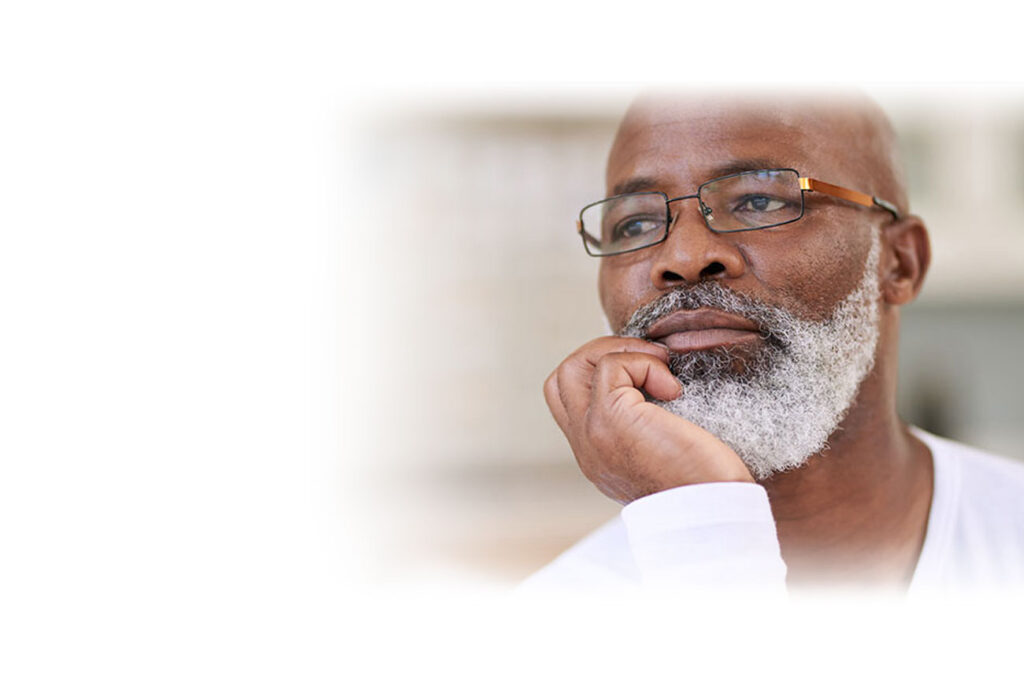Your Action Plan
- Monthly Breast Self-Exam (BSE) starting at age 15.
- Ask your health provider to show you how to do a proper BSE.
- View a video to learn how to check your breasts: “How to do a Self-Breast Exam”.
- Clinical Breast Exam (CBE) annually by your health care provider.
- Screening Mammogram, every two years starting at 35 years of age according to your or your family cancer history.
- Learn about your family’s cancer history and genetics, specifically cancer of the breast, colon, ovaries and prostate that are gene and hormone related.
- Reduce your alcohol and fat intake, reduce your weight, and increase your exercise.
- See your doctor ASAP. Early detection, diagnosis, and medical treatments help increase better outcomes and survival.
- Ask your doctor for information about your condition and what you need to know going forward before you leave your visit.
- You have a right to seek a second opinion, get answers you can understand and receive proper medical care.
- Read our “Breast Cancer 411” guide, general information to help you understand breast cancer
Contact us by email or call (612) 462-6813 if you are diagnosed with breast cancer.








